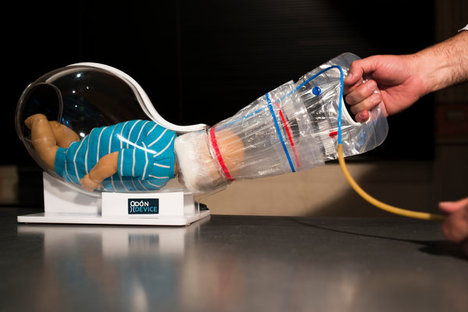(p. 84) But even the minimal ongoing work on the phonograph would be pushed aside by the launch of frenzied efforts to find a way to fulfill Edison’s premature public claim that his electric light was working. A couple of months later, when asked in an interview about the state of his phonograph, Edison replied tartly, “Comatose for the time being.” He changed metaphors and continued, catching hold of an image that would be quoted many times by later biographers: “It is a child and will grow to be a man yet; but I have a bigger thing in hand and must finish it to the temporary neglect of all phones and graphs.”
Financial considerations played a part in allocation of time and resources, too. Commissions from the phonograph that brought in hundreds of dollars were hardly worth accounting for, not when William Vanderbilt and his friends were about to advance Edison $50,000 for the electric light. Edison wrote a correspondent that he regarded the financier’s interest especially satisfying as Vanderbilt was “the largest gas stock owner in America.”
Source:
Stross, Randall E. The Wizard of Menlo Park: How Thomas Alva Edison Invented the Modern World. New York: Crown Publishers, 2007.
(Note: ellipses, and capitals, in original.)



